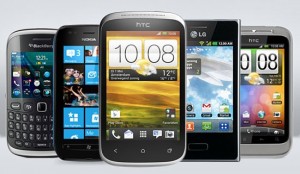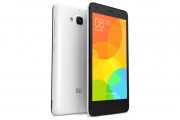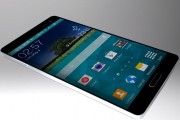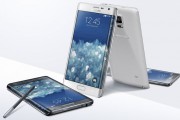The telecommunications industry has been connecting lives ever since. Through the course of history, we have relied heavily on the telephone systems for our daily communications, whether it is for personal consumption or business purposes, whether local or international telecommuting. To put it bluntly, telecommunications have been part of our everyday lives.
Before the turn of the new millennium, the modern technology has redefined the telecommunications system and marketing strategies, changing society’s communication culture once again. Widely considered as the “seventh mass media channel”, mobile phones became a media consumption and delivery platform in the 90’s. It has nine benefits as a media channel that cannot be seen on its predecessors.
Mobile is:
• The first personal mass media
• Permanently carried
• Always on
• Has a built-in payment mechanism
• Available at the point of creative inspiration
• The most accurate audience measurement
• Captures the social context of media consumption
• Allows augmented reality to be used in media
• Offers a digital interface to the real world
Mobile devices have a digital system similar to that of a computer that is able to send and receive digital signals from a vast geographic range of reception. This is possible through the use of data plans provided by phone service providers such as RingCentral and phone systems solutions or if available, through Wi-Fi connectivity. There are also mobile devices that can handle both Internet and data usage such as smartphones.
This new media channel is also popularly known as the “fourth screen”, with cinema being the first, television second and personal computers being the third. This fourth screen is often used in advertising and media space with the explanation and usage of digital signage. However, in third world nations the mobile device is strongly recognized as the first screen and first media, because consumption and usage of mobile phones are greater than that of PC’s, Internet access and TV. When these devices became popular during the 1990’s and wireless phones network coverage and Internet connectivity made its global reach in the 2000’s, so did the multitude of media forms that became accessible using mobile devices. With internet sites and application coming out with mobile-friendly versions, hand held devices now have a wider scope of connectivity to the Internet. The advancing technology enabled mobile devices to have a graphical display that is at par with PC’s and desktops.
This resulted to a calling for different standards to lessen the gap between the Internet and mobile device which accessing it have been developed and pushed by corporate industries. In this day and age, the telecommunications industry is looking towards a future where mobility and portability is the selling point and subscribers and consumers will look for a mobile device not because of its function as a phone, but because of its accessibility to Internet and media capabilities.
Smartphones are leading the way, and the iPhone is already realizing iPhone 5, while Samsung has unveiled the Galaxy S4. These are the latest and the most powerful mobile devices so far in the market. As technologies continue to evolve, we can only imagine what is in store for us ten years from now. We can only wait for the next best thing to hit the market, but the progression is leaning towards a brighter future for telecommunication and the mass media.



